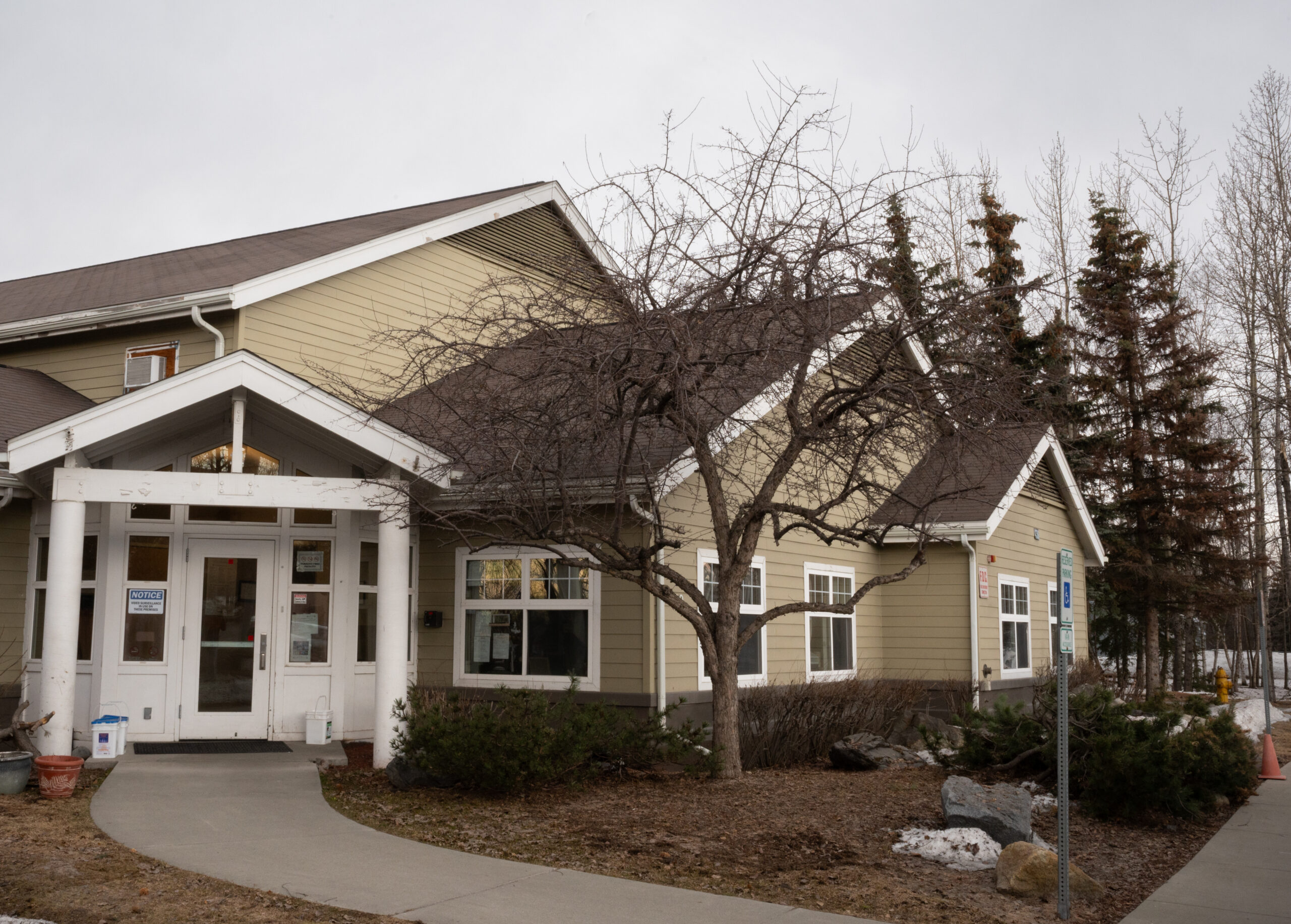Medication is an important tool for people struggling with alcohol addiction in Alaska
Medication is an important tool for people struggling with alcohol addiction in Alaska Alaska Public Media News


Alaska’s Efforts in Treating Alcohol Use Disorder

Introduction
Alaska has one of the highest rates of binge-drinking deaths in the United States, and these rates have increased during and after the COVID-19 pandemic. However, the state now offers more options than ever for treating alcohol use disorder, including several medications that can make it easier for individuals to reduce or quit drinking.
Treating Alcohol Dependence with Medication-Assisted Treatment
Katie Schneider, a physician assistant and the clinical director for the detox program at Southcentral Foundation, has witnessed significant advancements in medication-assisted treatment for alcohol dependence over her twenty-year career. Previously, the only available option was Antabuse, which induced vomiting upon alcohol consumption. However, this option is no longer commonly used due to its severe reactions to food or drink containing even tiny amounts of alcohol.
Today, there are several medications that address alcohol dependency and offer a gentler path to recovery. Schneider encourages all individuals in the detox facility to consider medication as part of their treatment plan, emphasizing the importance of utilizing every available tool for successful recovery.
Addressing Underlying Causes and Mental Health Struggles
Drinking is often a coping mechanism, and therefore, there is no one-size-fits-all approach to reducing or stopping alcohol consumption. Schneider highlights the significance of addressing underlying disorders and mental health struggles that may contribute to alcohol abuse. Recovery involves identifying the root causes of alcohol abuse and not solely focusing on drinking itself.
Seth Workentine, an addiction medicine fellow at Providence Alaska, also emphasizes the importance of understanding when and why patients consume alcohol. By identifying patterns, healthcare providers can uncover underlying mental health conditions such as depression or anxiety. Workentine mentions two longer-term medications that help reduce alcohol cravings: acamprosate and naltrexone. Acamprosate is a newer medication that has shown success in reducing cravings, while naltrexone can be used for both alcohol and opioid addiction.
Medication-Assisted Treatment and Patient-Centered Care
Workentine encourages individuals utilizing medication-assisted treatment to continue taking their prescribed medications for as long as they are willing, whether it be six months, a year, or even indefinitely. These medications significantly improve success rates for recovery. He also notes a shift towards more harm-reduction approaches to addiction, acknowledging that not everyone is ready to quit drinking completely.
Both Schneider and Workentine highlight the shift in addiction medicine towards patient-centered care. In the past, doctors required patients to completely abstain from drinking before prescribing medications for alcohol use. However, this approach has changed, and any reduction in alcohol consumption is now considered progress worth celebrating.
Conclusion
Alaska’s efforts in treating alcohol use disorder have expanded significantly, providing individuals with more options for recovery than ever before. Schneider and Workentine both encourage anyone seeking to change their drinking habits to reach out to a healthcare provider for assistance.
Related Article
New online tool connects Alaskans with traumatic brain injury to care
SDGs, Targets, and Indicators
-
SDG 3: Good Health and Well-being
- Target 3.5: Strengthen the prevention and treatment of substance abuse, including narcotic drug abuse and harmful use of alcohol
- Indicator 3.5.1: Coverage of treatment interventions (pharmacological, psychosocial, and rehabilitation and aftercare services) for substance use disorders
-
SDG 10: Reduced Inequalities
- Target 10.2: By 2030, empower and promote the social, economic, and political inclusion of all, irrespective of age, sex, disability, race, ethnicity, origin, religion or economic or other status
- Indicator 10.2.1: Proportion of people living below 50 percent of median income, by age, sex, and persons with disabilities
The article addresses the issue of alcohol use disorder and the availability of medication-assisted treatment options in Alaska. This is connected to SDG 3, specifically Target 3.5, which aims to strengthen the prevention and treatment of substance abuse, including harmful use of alcohol. The article discusses the expansion of treatment options for alcohol dependency, highlighting the availability of medications that can make it easier for people to reduce or quit drinking.
The specific target identified in the article is Target 3.5, which focuses on improving the prevention and treatment of substance abuse. The article mentions the availability of medications for alcohol dependency as a means of treatment.
The article mentions two indicators that can be used to measure progress towards Target 3.5. The first indicator is Indicator 3.5.1, which measures the coverage of treatment interventions for substance use disorders, including pharmacological, psychosocial, and rehabilitation and aftercare services. The article discusses the expansion of treatment options for alcohol dependency, indicating progress in terms of coverage of treatment interventions. The second indicator is Indicator 10.2.1, which measures the proportion of people living below 50 percent of median income. While not directly mentioned in the article, addressing alcohol use disorder and providing access to treatment options can contribute to reducing inequalities and promoting social inclusion, as stated in Target 10.2.
| SDGs | Targets | Indicators |
|---|---|---|
| SDG 3: Good Health and Well-being | Target 3.5: Strengthen the prevention and treatment of substance abuse, including narcotic drug abuse and harmful use of alcohol | Indicator 3.5.1: Coverage of treatment interventions (pharmacological, psychosocial, and rehabilitation and aftercare services) for substance use disorders |
| SDG 10: Reduced Inequalities | Target 10.2: By 2030, empower and promote the social, economic, and political inclusion of all, irrespective of age, sex, disability, race, ethnicity, origin, religion or economic or other status | Indicator 10.2.1: Proportion of people living below 50 percent of median income, by age, sex, and persons with disabilities |
Behold! This splendid article springs forth from the wellspring of knowledge, shaped by a wondrous proprietary AI technology that delved into a vast ocean of data, illuminating the path towards the Sustainable Development Goals. Remember that all rights are reserved by SDG Investors LLC, empowering us to champion progress together.
Source: alaskapublic.org

Join us, as fellow seekers of change, on a transformative journey at https://sdgtalks.ai/welcome, where you can become a member and actively contribute to shaping a brighter future.







